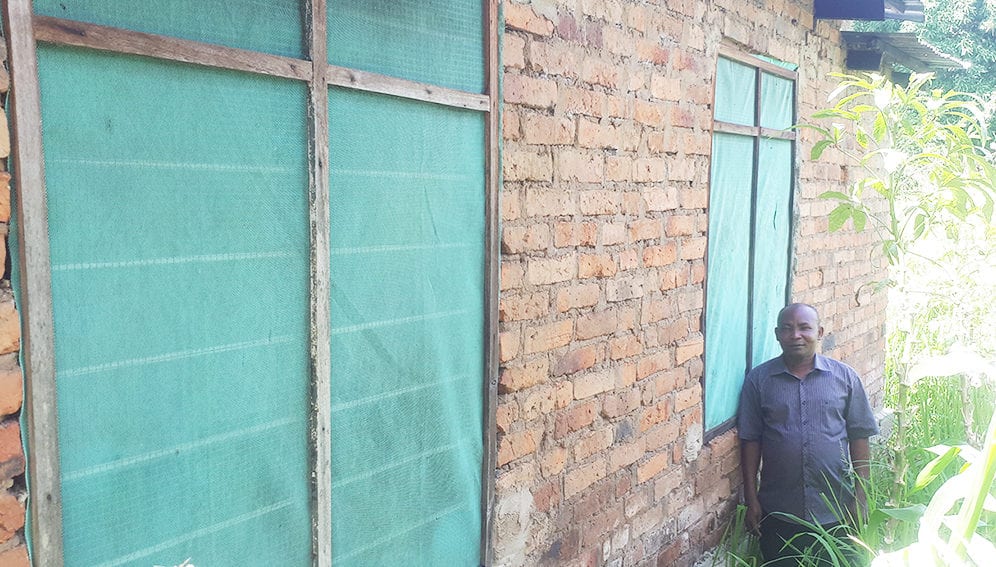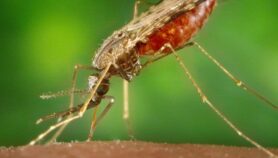By: Jacquie Ogada
Send to a friend
The details you provide on this page will not be used to send unsolicited email, and will not be sold to a 3rd party. See privacy policy.
[NAIROBI] Mosquito-proofed housing such as use of window screens to protect houses should be prioritised as a malaria control strategy in Sub-Saharan Africa to cut the spread of the disease, experts say.
Window screening, the covering of windows or roof space with a material which can allow air flow but prevent entry of insects such as mosquitoes inside houses, extends more physical protection than use of bed nets and reduces exposure to indoor pollutants such as smoke and domestic chemical products, a study says.
“The findings of this study are strong enough to reduce the global burden of malaria.”
Gerry Killen, Ifakara Health Institute
The study, which included re-analyses of previously collected data on malaria cases in Dar es Salaam, Tanzania, found that increasing coverage of complete window screening was associated with reduced bites of mosquitoes, resulting in malaria cases decline from 28 per cent in 2004 to less than two per cent four years later.
“The findings of this study are strong enough to reduce the global burden of malaria. Yes, it can certainly contribute to global efforts but will require participation of stakeholders at all levels in the public health, development and industrial sectors,” says Gerry Killeen, the lead author of the study and a resident guest scientist at the Ifakara Health Institute in Tanzania
According to Killeen, the study was originally designed to capture the effects of applying biological larvicides to mosquito larval habitats but they also monitored malaria infection burden and vector densities at the same time as this unplanned rise in window screening occurred, thus helping to evaluate the impact of window screening.
The study was published in the March issue of Lancet Planetary Health.
Kiambo Njagi, an entomologist at the Division of Malaria Control in Kenya, tells SciDev.Net that, “The study was properly designed and the results have proved that house screening is a good vector control intervention.
But Njagi, adds that that there is a need to conduct further studies to confirm that house screening cut malaria cases to help African policymakers to adopt it.
“If we start talking about house screening the way we talk about bed nets, countries in Sub-Saharan Africa may actually benefit. The window screening method will go a long way in supplementing bed nets which are commonly used in Sub-Saharan Africa,” Njagi says.
Andrew Githeko, chief research officer at the Kenya Medical Research Institute, says that using a long-lasting insecticide after window screening could help in malaria control.
“It is expensive but human life is not cheap either,” Githeko says.
This piece was produced by SciDev.Net’s Sub-Saharan Africa English desk.
References
Gerry F. Killeen and others Suppression of malaria vector densities and human infection prevalence associated with scale-up of mosquito-proofed housing in Dar es Salaam, Tanzania: re-analysis of an observational series of parasitological and entomological surveys (The Lancet Planetary Health, 1 March 2019)














